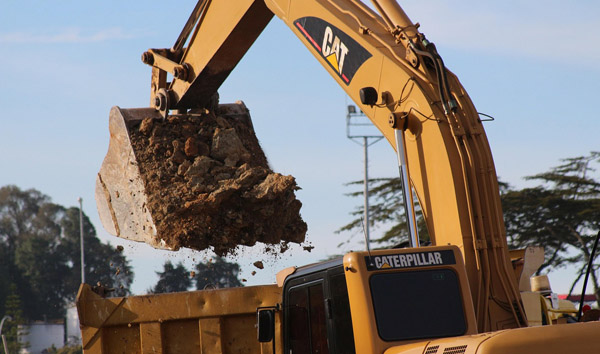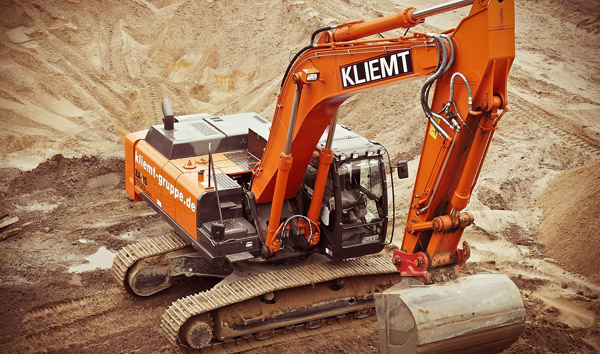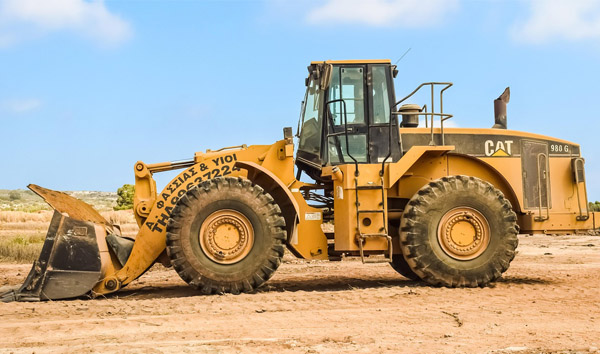The Future of Heavy-Duty Material Handling: Innovations in Lumber Yard Rough Terrain Forklifts
2025-07-22 04:00:32
The lumber industry relies heavily on Rough Terrain Forklifts to navigate uneven surfaces, transport heavy loads, and maintain productivity in demanding outdoor environments. Recent innovations in these machines include enhanced hydraulic systems, improved stability controls, and telematics integration for real-time monitoring. According to industry data, the global rough terrain forklift market is projected to grow at a CAGR of 6.2% by 2028, driven by increasing demand from lumber yards and construction sites.
One of the key advancements in lumber yard rough terrain forklifts is the integration of advanced telematics. These systems provide operators with real-time data on fuel consumption, load capacity, and maintenance alerts, optimizing operational efficiency. For example, Caterpillar’s latest models feature IoT-enabled sensors that track performance metrics, reducing downtime by up to 15%. This is particularly crucial in lumber yards, where delays can disrupt supply chains and increase operational costs.
Another critical development is the shift toward hybrid and electric rough terrain forklifts. With lumber yards increasingly prioritizing sustainability, manufacturers like Toyota and Hyster have introduced electric models that reduce emissions without compromising power. Industry reports indicate that electric rough terrain forklifts can lower fuel costs by 30% while maintaining the torque needed for heavy lumber loads. This aligns with global trends toward greener industrial equipment.
Safety remains a top priority in lumber yard operations, and rough terrain forklifts are now equipped with AI-driven collision avoidance systems. These technologies use LiDAR and cameras to detect obstacles, automatically adjusting speed or stopping the vehicle if necessary. A 2023 study by OSHA found that such systems reduced forklift-related accidents in lumber yards by 22%, highlighting their importance in high-risk environments.
Looking ahead, the lumber yard rough terrain forklift market will continue to evolve with automation and autonomous capabilities. Companies like John Deere are testing self-driving models that can operate in predefined zones, further enhancing efficiency. As lumber yards adopt these innovations, the industry can expect significant improvements in productivity, safety, and sustainability, solidifying the role of rough terrain forklifts as indispensable assets in material handling.














